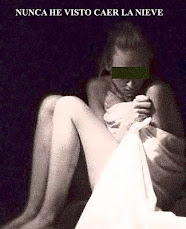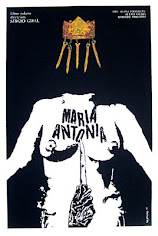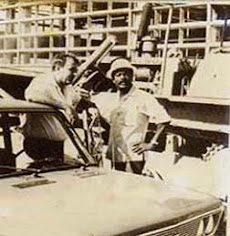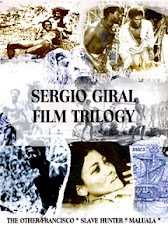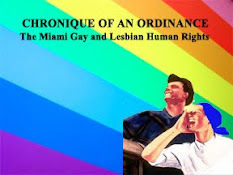On my films I always
have turn the camera point of view to the background, where slaves, maids and working class Black characters traditionally move along. From “The Other
Francisco” that tells the impossible love story between two Black slaves;
“Slaves Hunter”, “Maluala” and “Placido” that count the ordeal of Blacks and
mestizos in search for freedom and equality in Cuba 19th. Century;
“Maria Antonia” portraying the tragedy of a “mulata:” in Cuban Republican
times; “Glass Roof” that denounces the privileges of white workers in a
Socialist Cuba with a 60% of Black and mulatto population; to a more recent
film “Two Times Ana” depicting the dreams and reality of a “colored” market
cashier in Miami, my films have intended to contribute to unveil this invisible
color on the screens.
OTHER FANCISCO.
Cuba. 1974. 96 min.
A portray of the first
abolitionist novel in the Americas, “Francisco”, by Anselmo Suarez —written a
few years before the U.S. publication of “Uncle Tom’s Cabin”—to reveal the
realities of slavery in a parallel docudrama format in contrast to the romantic
depiction in the novel, the realities of slave rebellion are graphically and
consistently on the minds and in the hearts of enslaved Africans on Cuban
plantations. The film shows the cruelty to enslaved Africans while
deconstructing the narrative structures that underpin Suarez y Romero's
humanistic philosophy in segments of a historical exposé on the real conditions
of slavery in Cuba.
RANCHEADOR (Slave
Hunter)(95 min.), 1977
Rancheadores were slaves
hunters of the slave-owning colonialists in the Antilles charged with the task
of pursuing fugitive slaves and returning them to their owners. Getting paid
for his work by using the severed ear of a returned slave as proof of his
success. The film is based on the real story of Francisco Esteves, a
bloodthirsty rancheador, that not only hunted down runaways but as others of
his kind bolstered the power of the ruling class, cutting off the buds of
rebellion and thus liberty for all the oppressed, blacks and whites alike.
MALUALA (1980) 110
min.
A
tale of discord amongst the 19th Century African run-away slaves known as
"cimarrons". Shortly after overpowering their Spanish masters and
setting up secret “palanques” settlements in the mountains of eastern Cuba, the
cimarrons discover that there are traitors in their midst. The action takes
place during the last century in Maluala, the Black chieftain Gallo’s palenque,
together with his cohort, Coba, who present a petition for land and liberty if the
rebellious villages will be dismantled and their men offer themselves in
surrender. He promises that they will be freed shortly thereafter. Three
chieftains agree, but Gallo and Coba refuse. It is at this point that Spaniah
colonial government decides to use trickery and force in order to destroy the
Maluala community, to disrupt their hierarchy and gain total control. These
historical events which appear exotic and violent, but Giral constantly
implants into every image the necessity force to depict the actual facts.




